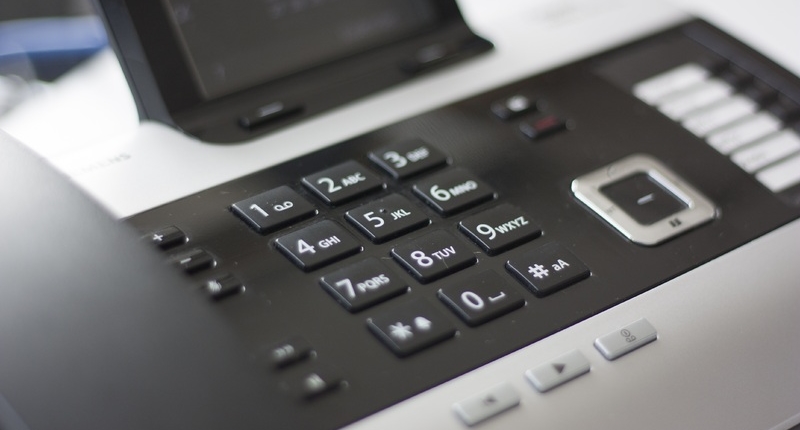Types Of Concrete Floors
Home and business owners alike have more flooring options than ever before. One material that has stuck around as a top flooring contender is concrete. This material can be used for both residential and commercial floors, both inside and out. While you may picture a concrete floor as simply a gray, dull floor, that’s not always the case. In fact, there are many different types of concrete floors available.
Polished Concrete
The most commonly found type of concrete floor is one that is polished. The polishing phase gives the floor an overall glossy appearance that can really breathe life into any room. Your concrete professional will use around a 400 grit sandpaper to achieve optimal results.
When it comes to maintenance, polished concrete does require some. It should be mopped and regularly sweep to keep any debris from damaging the shine. If not cleaned, loose debris will be abrasively ground into the concrete over time. Polished concrete requires frequent auto-scrubbing to remove stuck-on debris. It’s always imperative that one uses a cleaner that is specifically designed to clean concrete floors. Other products can be harmful to the luster of the floor.
Acid Stained Concrete
If you’re not a big fan of the original grey concrete, then you have options. Acid staining is a method that is utilized to provide an artificial texture. Some of the most commonly desired looks are those mimicking stone and marble. The awesome part about acid staining concrete floors is that it will create a unique look every single time. There will never be two floors that look identical.
As with all types of concrete floors, acid stained concrete requires regular maintenance. Sweeping and mopping are a must to remove loose debris that can be overly abrasive to the floor. With stained concrete, it’s best to use a pH-neutral concrete cleaner to get a nice, deep cleaning. You’ll also want to apply a coat of wax or floor finish to ensure that the floor is properly sealed.
Water-Based Stained Concrete
Similar to acid staining, water-based staining is another popular favorite for many. It allows for a unique finish that is hard to replicate anywhere else. Instead of using acid, this method uses water combined with pigments. This allows you to have a larger selection of colors to choose from.
Maintaining a water-based stained concrete floor is similar to an acid stained one. It will need regular dry mopping to remove dust and loose debris. Occasional wet mopping is a must. Be sure to only use a neutral-pH cleaner to ensure that it doesn’t damage your concrete finish. Lastly, you’ll want to apply a sealer every two to three years, depending on the amount of foot traffic that the room receives.
Stamped Concrete
If you’re not interested in having an ultra-smooth floor, then you may be interested in stamped concrete. Concrete can be stamped in a number of ways to create realistic patterns. The most common patterns resemble tile, stone, wood, and mosaics. Depending on the type of stamp that you use, you can have a textured or relatively smooth finish. This is a great option for those who want a more textured appearance but don’t want to spend an arm and leg on more expensive flooring options.
Taking care of stamped concrete can require a bit more labor than other types of concrete flooring. This is because stamped designs have a non-smooth texture that can trap excess dirt and debris. You’ll need to sweep out all of the floor crevices on a regular basis. Again, you’ll need to use a neutral-pH cleaner specifically designed for cleaning concrete. A sealer is necessary every two to five years.
Chipped Concrete
While the name of this type of concrete flooring may be a bit confusing, it can provide a great finished look. The concrete itself is not chipped. Rather, the installer will add paint chips over the entire concrete surface. Then, they’ll lock in the paint chips with a sealer coat. This provides a scratch-resistant surface, which makes it ideal for highly trafficked areas.
These floors get maintained much like other types of concrete floors. However, chipped concrete needs to have a new sealer applied every two to three years. Due to the hard epoxy underlayer, this type of floor is less susceptible to damage than other options.
Concrete is a very versatile material that makes the perfect flooring for both interior and exterior surfaces. Businesses and homeowners alike are starting to prefer concrete much more than other flooring materials on the market. This is mainly due to the fact that concrete is low maintenance and can be crafted to be visually stunning. With so many options on finishing concrete, like staining and stamping, one can have it crafted to fit their individual preferences.









